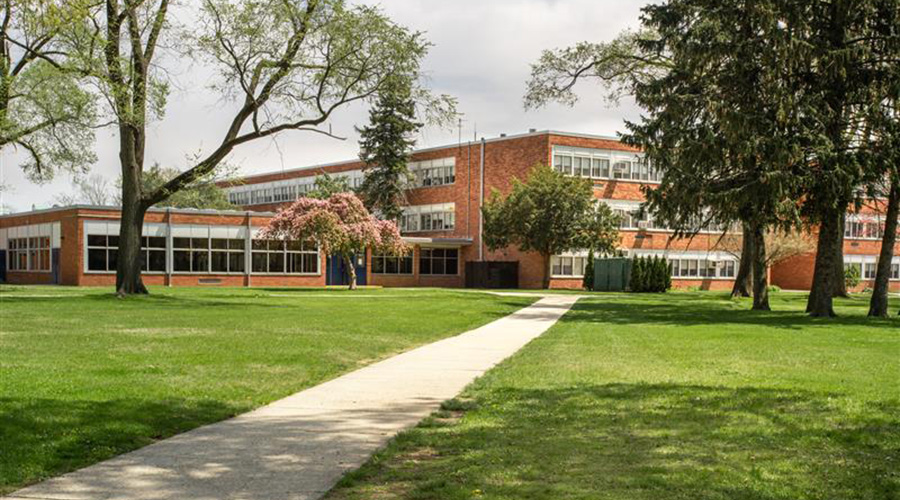
Women in FM: State of the Industry
All it takes is seeing one woman do something powerful to know that it can be achievable. December 16, 2024
By Mackenna Moralez, Associate Editor
Earlier this year, a photo of Vice President Kamala Harris went viral, and for a good reason. The photo, which features one of the Vice President’s grandnieces looking up at her while she speaks at the Democratic National Convention, sent a shockwave through the internet. Thousands of men and women took to their social media to say how the image was inspiring or that it made them emotional. All it takes is seeing one woman do something powerful to know that it can be achievable.
While Harris did not win the presidential race, there is still hope that women can be in spaces that are traditionally occupied by men. If anything, women in facilities management are facing this truth every single day.
According to Sodexo, women currently make up 25 percent of the North American facilities management industry – the highest globally. The average female facility manager is around 45 years old, significantly younger than most men in the industry, according to a study by IFMA. As more managers begin to retire, there aren’t enough people filling those empty positions.
Often times in facilities management, the focus is on the buildings so much that the people maintaining them get forgotten about. According to the same IFMA survey, only 15 percent of women make up senior positions in facilities management. While female representation in leadership roles isn’t necessarily a cure-all, it doesn’t really hurt anything. People want to see themselves represented in their everyday life. The more women that are in the industry means that there is more that are willing to join, and if women aren’t joining and staying in facilities management, there will be no one tenured to advocate for the capabilities of women down the line. Investing in female facilities management professionals creates a welcoming environment that encourages people to stay in their positions for longer periods of time.
However, investing in employees is more than just having an occasional one-on-one conversation. Managers really need to sit down and understand why women don’t want to join facilities management. Sure, a large part of it can be that women are discouraged to join the trades because of negative stereotypes or that these jobs are solely for men. But another part stems from the lack of opportunities to grow within the field. Managers need to believe in the potential of their employees. This can look like offering additional training, encouraging them to get additional certifications or even help develop mentorship opportunities.
More than ever, women are needed in technical and trade industries. According to a survey conducted by Simpro, 46 percent of respondents said that they would hire a female tradesperson, and one in three women would rather hire a female tradesperson to work for around their building. Women are uniquely qualified for trades because they have a high degree of emotional intelligence, allowing them to be self-sufficient and have strong social skills. Women have the natural ability to nourish situations that leaves the workday feeling healthier and more balanced. Having more female leadership improves company culture, allowing for higher productivity rates and overall efficiency.
We may not have a female president this next term, but women will continue to keep showing up in male-dominated fields. It's what we have to do. Having these hard conversations and being transparent about our positions is what will get people to join. Striving to make facilities management more diverse and inclusive is what will get more people to join and stay. Like Harris said in her concession speech, “Sometimes the fight takes a while. That doesn’t mean we won’t win.”
Mackenna Moralez is the associate editor of the facilities market.
Next
Read next on FacilitiesNet












